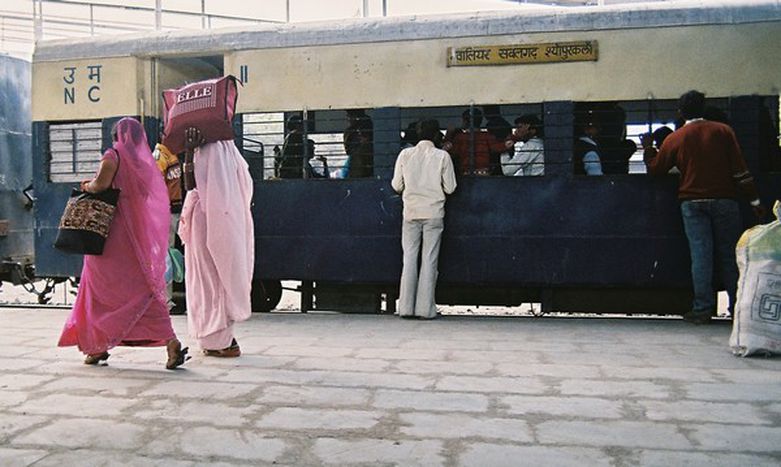
India, the world’s largest democracy? Voted!
Published on
Translation by:
Julia KarlyshevaBy direct suffrage, India has just elected its representatives at the Lok Sabha, the lower house of parliament. 714 millions of voters went to the polls between 16 April and 16 May to designate 543 deputies. The new government is announced on 2 June. Latest world news
The national political spectrum for these parliamentary elections is epitomised by three main groups : the united progressive alliance (UPA), led by the party now in power, the congress party, represented by prime minister Manmohan Singh; the national democratic alliance (NDA), led by the BJP to the hindu right, represented by former prime minister Lal Krishna Advani; and, finally, the third front (TF) represented by Mayawati Kumari, a very popular woman among the untouchables and the noncaste.
Manmohan Singh has finally been re-elected prime minister until 2014. The UPA has not obtained the absolute majority , but its position is advantageous: 261 MPs against 158 for NDA and 68 for TF. The make-up of the new government will be announced on 2 June. Negotiations with other parties should allow this government a lot of room to manoeuvre.
'Since the majority of decision-makers study abroad, denying expats the right to vote means not involving the future political elite'
Indians living abroad were not allowed to vote, which they deplore, like Santosh, PhD student in robotics at Wagenigen University in Holland: 'Since the majority of decision-makers study abroad, denying expats the right to vote means not involving the future political elite. ' With 'only' 375 million voters, the EU elections will certainly be easier to organise. All the more because few people expect a higher participation rate to 50% in 2004. The average rate of voting in India was 60%.
Translated from La plus grande démocratie du monde ? A voté !



